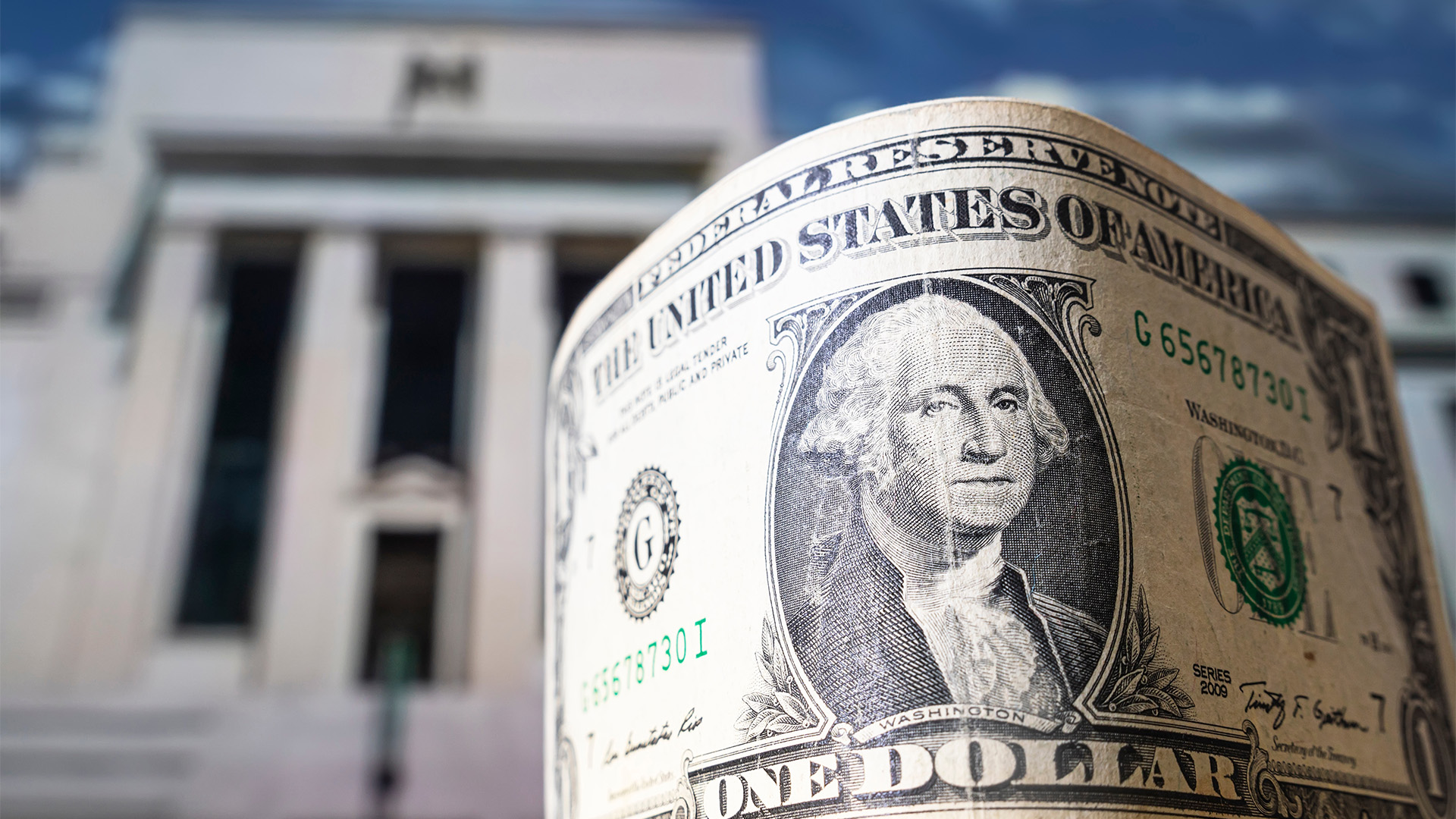The ending of the federal Government’s HomeBuilder subsidy continues to hit building approvals and housing finance, sending both lower in June, though both measures remain at historical highs on an end-of-financial-year basis.
Australian Bureau of Statistics data on building approvals and lending indicators – both for June – show the continuing influence of the HomeBuilder stimulus, though at a declining rate.
The ABS said the number of dwellings approvals fell 6.7% in June (seasonally adjusted), the third consecutive monthly fall, following a 7.6% fall in May and a 5.0% fall in April.
The fall in the total dwelling approval in June to 18,911 was driven by a 11.8% fall in private sector houses while approvals in private sector dwellings excluding houses (apartments, townhouses etc) rose 0.8%.
That puts the number of approvals back around the levels at the start of February this year.
The ABS said that 20.9% fall from the record high in April followed the easing and then ending of HomeBuilder in April.
But it has left a large echo in the data – the ABS pointed out that private house approvals “remain at elevated levels”, 44.3% higher than June 2020 and 37.6% higher than June 2019, which is perhaps the most telling comparison given June, 2019 was well before the impact of Covid.
The ABS said the number of dwelling approvals fell in Western Australia (-30.5%), Queensland (-18.4%), Tasmania (-14.9%) and NSW (down 12.7%).
But approvals rose in Victoria (12.8%) and South Australia (8.6%).
Private housing approvals dropped 25.2% in Queensland, 21.1% in WA, 14.5% in NSW and 2.3% in Victoria. The rose 14.8% in South Australia.
The value of total building fell 2.6%, in seasonally adjusted terms. The value of non-residential building fell 3.0 per cent, following a 27.3 per cent rise in May.
The value of total residential building fell 2.3%, made up of a 2.9% fall in new residential building and a 2.0% rise in residential alterations and additions after a sharp, 12.7% slump in May.
…………
Meanwhile the same impact from the easing of HomeBuilder showed up in the lending indicators data from the ABS.
The value of new housing loan commitments fell 1.6% in June 2021 (seasonally adjusted) but still remained at an historically elevated level of $32.1 billion, according to the ABS
ABS head of Finance and Wealth, Katherine Keenan, said: “The value of new loan commitments for owner-occupier housing fell 2.5 per cent in June 2021. While this was the largest fall since May 2020, owner-occupier commitments remained 76 per cent higher compared to a year ago and 64 per cent higher than pre-COVID levels in February 2020.”
“The largest contribution to the fall in owner-occupier loan commitments was a fall of 17 per cent in the value of loan commitments for the construction of new dwellings. In addition to this, there was no growth in lending for the purchase of existing dwellings.”
“The fall in construction lending followed a period of rapid growth between July 2020 to February 2021 in which the value of loan commitments rose by 150 per cent. This strength continued to unwind after the reduction in January of the HomeBuilder grant and its subsequent closing in April.
The value of owner-occupier loan commitments fell in Victoria by 5.8%, in New South Wales by 3.2% and by 6.9% in Western Australia. Queensland saw a rise of 1.8% and the small ACT market saw a 7.4% jump.
An 0.7% rise in the value of new loan commitments for investor housing was a sharp slowdown on the 13.3% surge in May.
The ABS said the number of new loan commitments to owner-occupier first home buyers fell for a second consecutive month, down 7.8% in June. The level of commitments remained elevated however, similar to that seen in November 2020.
Ms Keenan said: “First home buyer lending fell across all states with the exception of South Australia, the Australian Capital Territory and the Northern Territory. The largest fall was seen in Victoria where strength in first-home buyer lending tied to construction activity continued to unwind post-HomeBuilder.”
…………
In a note yesterday afternoon, AMP chief economist, Shane Oliver said first home buyer finance “is continuing to decline from its peak in January and has fallen back from 25% of total finance in December to now 19.7%.”
“While it led the charge higher helped by various first home buyer incentives and investors being in retreat on the back of tighter lending standards and weak unit rental markets in Sydney and Melbourne, first home buyer demand appears to have peak as the HomeBuilder incentive has come to an end, demand has been brought forward and worsening affordability is starting to bite.
He also pointed out that investor finance is continuing to rise on the back of low rates and as the worst seems to be over in terms of inner-city unit rental falls in Sydney and Melbourne (although the various lockdowns may disrupt this) and as investors respond to the surge in prices and assume that it will continue.
The resurgence in investor financing and continuing strength in demand from owner occupiers who are trading up point to further near-term strength in home prices, albeit with various lockdowns potentially slowing demand down a bit in the very short term.
It also points to a further acceleration in housing debt, a further rise in the share of interest only loans and increasing lending at high loan to valuation ratios. All of which will maintain pressure on the RBA and APRA to move to tighten lending standards in order to head off increasing risks of financial instability – albeit they are now likely to wait for the dust to settle from the latest lockdowns before moving.













